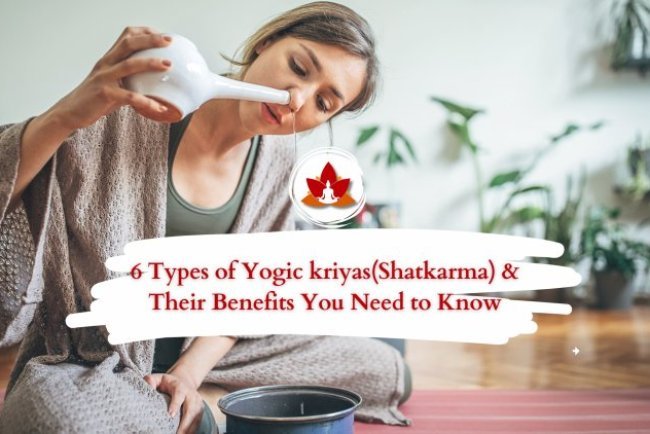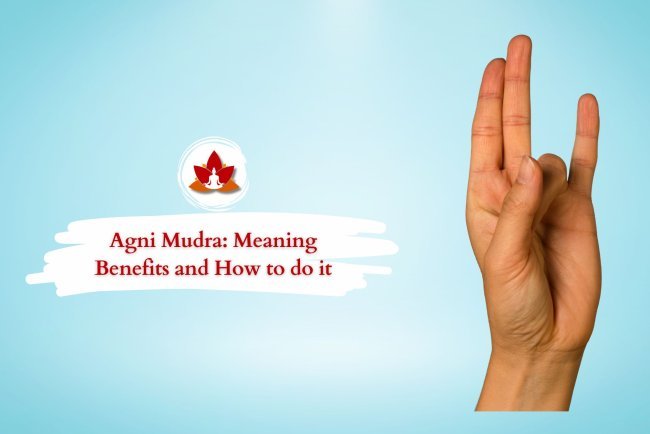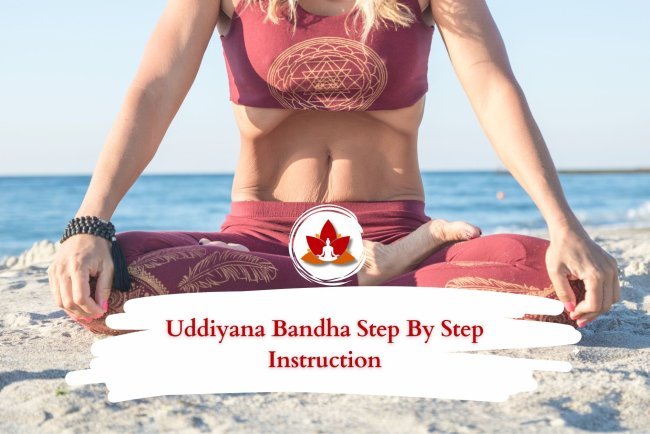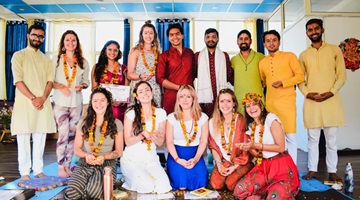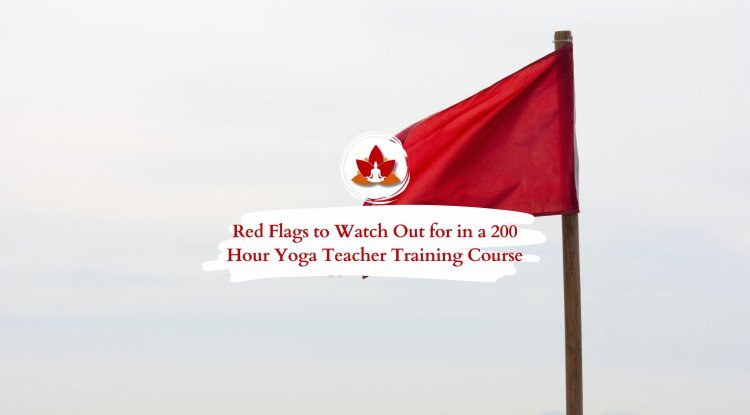3 Types(Category) of Pranayama and Their Benefits

The fact is that every minute, every day we all breathe without even thinking of it, but did you know that it is also a very valuable tool to improve your health and well-being?
Here the practice of pranayama, a yogic practice that dates back thousands of years, comes in. This easy-to-read guide is about the 3 types(category) of pranayama, each of them providing you with a specific benefit, energizing, balancing or relaxing your mind and body.
It’s time to jump in and learn how these 3 types(category) of Pranayama bring lifestyle adjustments into your day-to-day life!
3 Types(category) of Pranayama:
There are 3 Types(category) of pranayama practices, each serving a unique purpose and offering distinct benefits:
Energizing Pranayama, Balancing Pranayama and Calming Pranayama are the 3 types of Pranayama techniques, below we’ll learn about these different types of pranayama in detail.
Read More: Beginners guide to pranayama
1.Energizing(Active) Pranayamas:
Techniques such as Kapalabhati known as Skull Shining Breath and Bhastrika meaning Bellows Breath fall into this category. These practices are designed to invigorate and energize the body and mind, ideal for starting your day with vitality or combating midday lethargy.
Benefits of energizing pranayamas:
These dynamic techniques are all about giving you the required energy increase, whether you're starting your day or need to avoid that mid-afternoon laziness. Energizing pranayamas are not just breathing exercises, they are a way to vitality and clarity, made through the ancient wisdom! Also, the perks of these pranayamas go way ahead. Let's look into the details and see what makes them so special:
Improved Oxygen Supply to Body:
This practice allows for a greater intake of fresh oxygen on subsequent inhalations. Increased oxygen levels improve the efficiency of our bodily functions, support the health of our organs, and promote the rejuvenation of cells, contributing to overall vitality.
The main benefits of energizing pranayamas is the increased intake of oxygen in the body. Techniques like Kapalabhati (Skull Shining Breath) and Bhastrika (Bellows Breath) involve rapid, forceful exhaling followed by obedient inhalations, which helps in removing the stale air and toxins from the lungs.
Enhanced Mental Clarity and Focus:
The body also gets more oxygen as a result of this practice which helps the brain to work better.. This can also be a great practice to get mental clarity, concentration, and reduction of brain fog which makes it more useful in our daily life.
Energizing breathing techniques will not only renovate the body but also have a significant effect on your mental well being. In addition to this, the practice of these breathing techniques requires attention and awareness. These two attributes work as an exercise for the brain to sharpen and concentrate better.
Stimulation of the Nervous System:
The quick breaths during the pranayama breathing exercises performs as a mild stimulant for the nervous system, more clearly for the sympathetic nervous system which is associated with the body's fight or flight response. Such practice can assist in enhancing attentiveness and activeness of a person making them perfect for practice in the morning or when feeling low in energy. Though, it is vital to practice these methods in moderation and with a professional teacher, as overstimulation could cause nervousness or anxiety in some people.
2.Balancing Pranayamas:
Aimed at harmonizing and balancing the body's energy channels, these practices help in creating emotional and mental equilibrium. Nadi Shodhana (Alternate Nostril Breathing) is a quintessential balancing pranayama, perfect for centering oneself in times of stress or indecision.
Harmonization of the Left and Right Hemispheres of the Brain: Balancing pranayamas such as Nadi Shodhana (Alternate Nostril Breathing) are believed to facilitate balance and harmony between the left and right sides of the brain. The left hemisphere, responsible for logical, analytical, and objective thinking, and the right hemisphere, associated with creativity, intuition, and subjectivity, can become more synchronized through these practices. This harmonization can lead to improved cognitive function, better decision-making, and enhanced creativity.
Reduction of Stress and Anxiety:The practice of balancing pranayamas can significantly impact the body's stress response. Techniques like Ujjayi (Victorious Breath) and Bhramari (Bee Breath) activate the parasympathetic nervous system, which is responsible for the body's 'rest and digest' response, as opposed to the sympathetic nervous system's 'fight or flight' response. This activation helps reduce cortisol levels, lower heart rate, and decrease blood pressure, contributing to a state of relaxation and reduced anxiety.
Improvement in Respiratory and Cardiovascular Functions: Regular practice of pranayamas can enhance respiratory efficiency by increasing lung capacity, improving the strength and flexibility of the respiratory muscles, and promoting better oxygen-carbon dioxide exchange. This can be especially beneficial for individuals with respiratory issues like asthma or chronic bronchitis. Additionally, the calming effect of pranayama on the nervous system can lead to improved cardiovascular health by lowering blood pressure, enhancing arterial health, and reducing the risk of cardiovascular diseases.
3.Calming(Passive) Pranayamas:
Ujjayi, also known as Ocean Breath and Sheetali known as Cooling Breath, helps bring about a sense of calm and peace. These breathing methods help relax your mind and body and thus are perfect for settling down after a busy day or while getting ready for meditation.
Lowers the Heart Rate and Blood Pressure: These soothing breathing patterns switch on the parasympathetic nervous system, which may otherwise be shut off, referring to the term "rest and digest". The activation of the parasympathetic nervous system causes the heart rate to slow down and Veins dilation, which helps in the reduction of blood pressure. Learning techniques such as Ujjayi and Sheetali are powerful in activating the cooling system. This can be really helpful for the people with hypertension or stress-related conditions as their contribution to cardiovascular health is greatly increased.
Cooling and Calming of the Body and Mind: Some cooling pranayama like Sheetali are used to directly cool the body through the air passing over the tongue or through the lips which helps cool the blood near the surface of the mouth. This cooling sensation is physical in itself but it also helps you reach a psychological state of calmness. Moreover, the concentration on the breath in pranayama during meditation brings a deep peace which calms down the mind hence reducing anxiety and anger which leads to a more stable mental state.
Enhancement of Relaxation and Mindfulness: Breathing slowly and thoughtfully in these exercises not only makes you calm but also allows you to experience the present moment clearly. The attention to the breath and using these methods can help you to clean your mind, increase the capacity of concentration, manage the emotions better and stress management more effectively. It results in a heightened feeling of peace which can be felt by the practitioner.
Conclusion:
The practice of pranayama encompasses a variety of breathing techniques, each with its unique benefits and purposes. We've explored 3 types (categories) of pranayama: balancing, calming, and invigorating, each offering a distinct set of advantages for the mind, body, and spirit. Incorporating pranayama into your daily practice can significantly contribute to overall well-being, offering a practical and accessible means to manage stress, improve respiratory and cardiovascular health, and foster mental clarity and emotional stability. It encourages a mindful connection to the present moment and enhances one's capacity for self-awareness and self-regulation.
What's Your Reaction?







